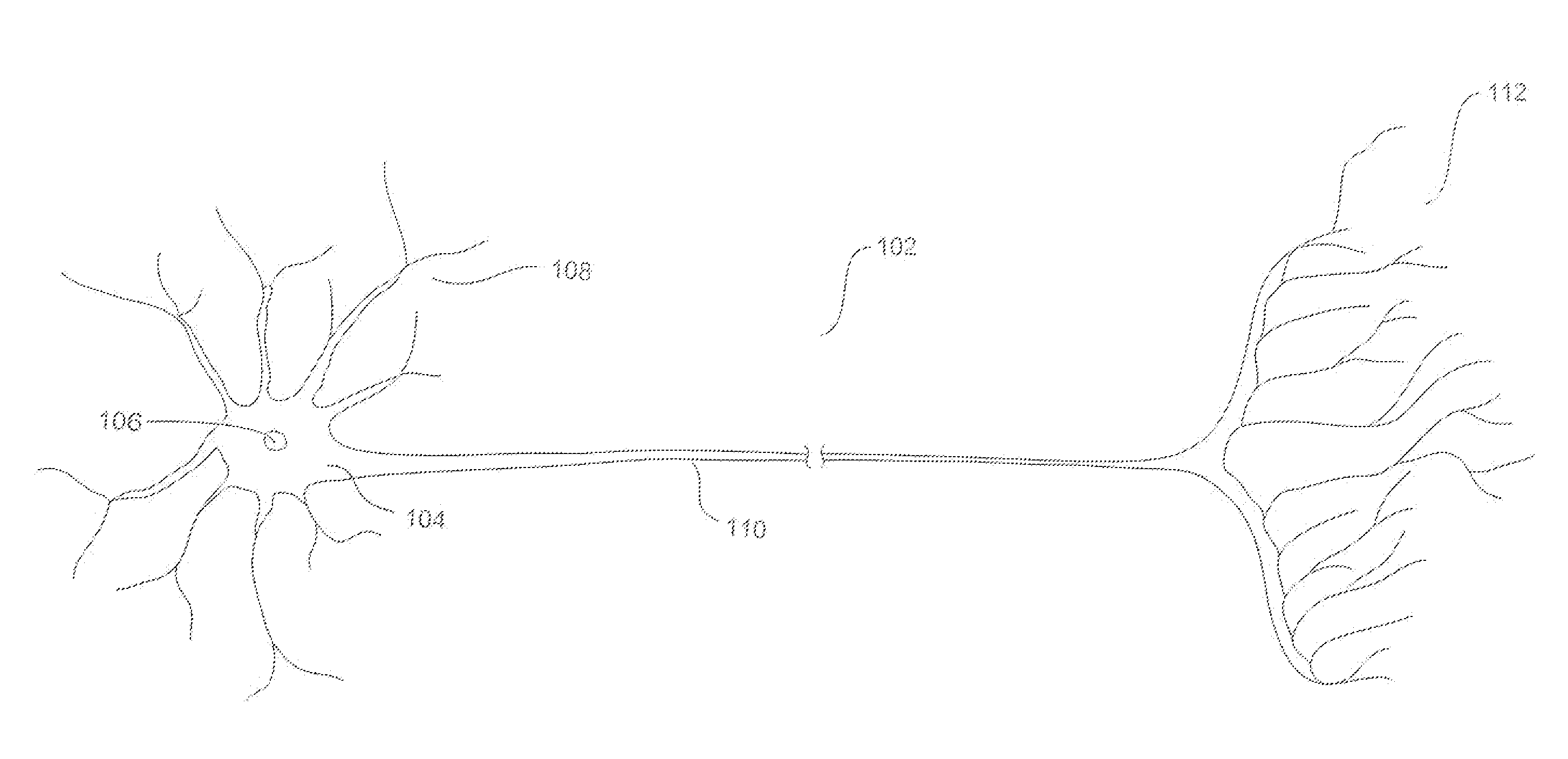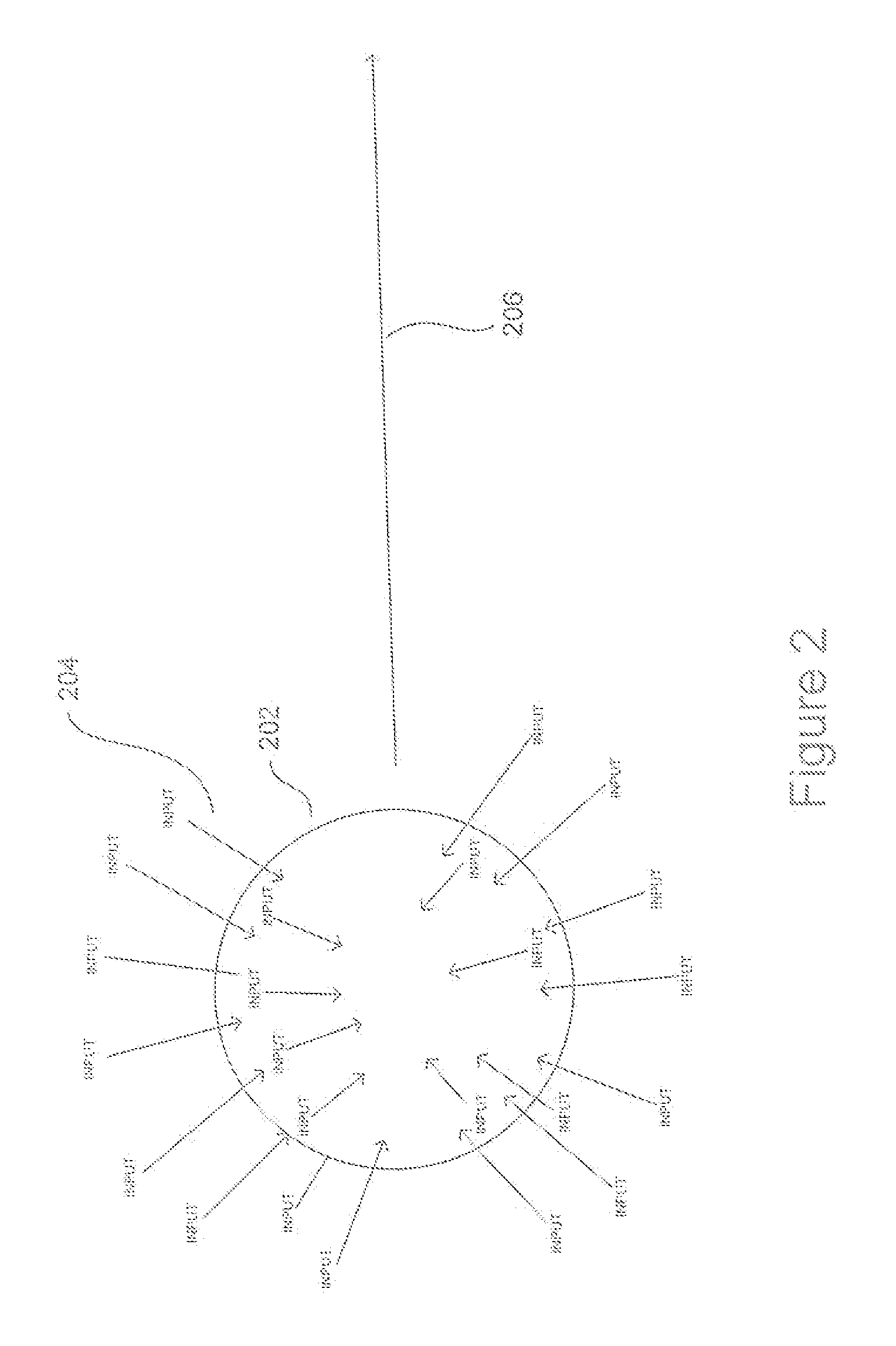Neuromorphic Circuit
a neuromorphic circuit and circuit technology, applied in the field of neuromorphic circuits, can solve the problems of increasing electrical resistivity, increasing the difficulty of reducing the size of the feature, and unable to effectively address the problems of even the largest and highest-speed distributed computer systems and networks, and unable to meet the needs of large-scale, high-speed computing
- Summary
- Abstract
- Description
- Claims
- Application Information
AI Technical Summary
Benefits of technology
Problems solved by technology
Method used
Image
Examples
Embodiment Construction
[0035]The present invention is directed to neuromorphic circuits and methods carried out by, or implemented in, neuromorphic circuits to provide machine learning by controlled and deterministic changes in the physical states of synapse-like junctions through which neurons of the neuromorphic circuit are interconnected. In a first subsection, below, an overview of neuromorphic circuits and synapse-like junctions are provided. In a second subsection, method and system embodiments of the present invention are discussed.
Neuromorphic Circuits and Synapse-Like Junctions
Within Neuromorphic Circuits
Biological Neurons
[0036]Neurons are a type of cell found in the brains of animals. Neurons are thought to be one of, if not the, fundamental biological computational entity. It is estimated that the human brain contains on the order of 100 billion (1011) neurons and on the order of 100 trillion (1014) interconnections between neurons. The massive number of interconnections between neurons in the ...
PUM
 Login to View More
Login to View More Abstract
Description
Claims
Application Information
 Login to View More
Login to View More - R&D
- Intellectual Property
- Life Sciences
- Materials
- Tech Scout
- Unparalleled Data Quality
- Higher Quality Content
- 60% Fewer Hallucinations
Browse by: Latest US Patents, China's latest patents, Technical Efficacy Thesaurus, Application Domain, Technology Topic, Popular Technical Reports.
© 2025 PatSnap. All rights reserved.Legal|Privacy policy|Modern Slavery Act Transparency Statement|Sitemap|About US| Contact US: help@patsnap.com



